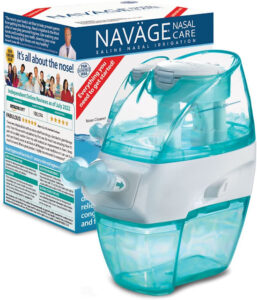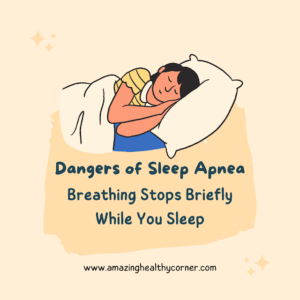The Dangers of Sleep Apnea: Why You Shouldn’t Ignore This Sleep Disorder
Breathing stops briefly while you’re asleep if you have obstructive sleep apnea. Normally, air enters your body through your mouth, nose, and pharynx before travelling down your windpipe or trachea and entering your lungs through a network of smaller tubes that resembles a tree. The soft tissues of your mouth and pharynx are drawn inward by negative suction pressure every time you breathe in. Your airway is kept open as a result of the muscles in your throat moving the soft tissues outward in response.
Is Sleep Apnea robbing you of a good night’s sleep?
When you sleep, your tongue and pharynx muscles should relax just enough so that they don’t completely block your airway. If you have obstructive sleep apnea, however, these muscles may relax too much, causing your tongue to drop onto the soft tissue in the roof of your mouth and press against the back of your throat. This completely blocks the flow of air into your lungs, causing you to awaken and possibly gasp for air to re-establish breathing.
The Many Plaguing Sleep Apnea Symptoms That May Be Disrupting Your Rest
Many times throughout the night, the cycle of apnea and waking up might inhibit restorative sleep. Obesity is one factor that may induce obstructive sleep apnea because extra fat may accumulate in the pharynx’s walls. a tiny or retreating jaw, a constricted airway, aging-related loss of pharyngeal muscle tone, and enlarged tonsils. Snoring, morning headaches, prolonged daytime sleepiness, weariness, irritability, and difficulty concentrating are all typical signs of obstructive sleep apnea.
Risks of Sleep Apnea Include High Blood Pressure, Heart Disease, and More
Obstructive sleep apnea risks include high blood pressure, heart disease, arrhythmias (irregular heartbeats), stroke, and diabetes if untreated. To treat obstructive sleep apnea, your doctor may advise making lifestyle changes including decreasing weight, sleeping on your side, quitting smoking, and staying away from sedatives and alcohol that can induce sleep. An oral appliance, which works by forcing your jaw forward and shifting your tongue and mouth roof away from the back of your throat, may help you with mild to moderate obstructive sleep apnea. Continuous positive airway pressure, sometimes known as a cap machine, is the most popular and efficient treatment for obstructive sleep apnea. The mild air pressure of the cap machine helps keep your airway open so you can have a deep, undisturbed sleep by pumping air via a tube into a mask that fits over your nose or both your nose and mouth.
Is Your Child Snoring Dangerously? How to Spot the Signs of Sleep Apnea
Children who snore loudly, frequently with pauses, gasps, or snore sounds while sleeping are showing signs of obstructive sleep apnea. Children who also snore loudly or sleep in strange positions are also showing signs. drowsiness during the day or issues with conduct or learning: Insomnia or night terrors. Kids who struggle to obtain a decent night’s sleep may find it difficult to wake up in the morning, feel exhausted or fall asleep throughout the day, struggle to pay attention, or become hyperactive.





